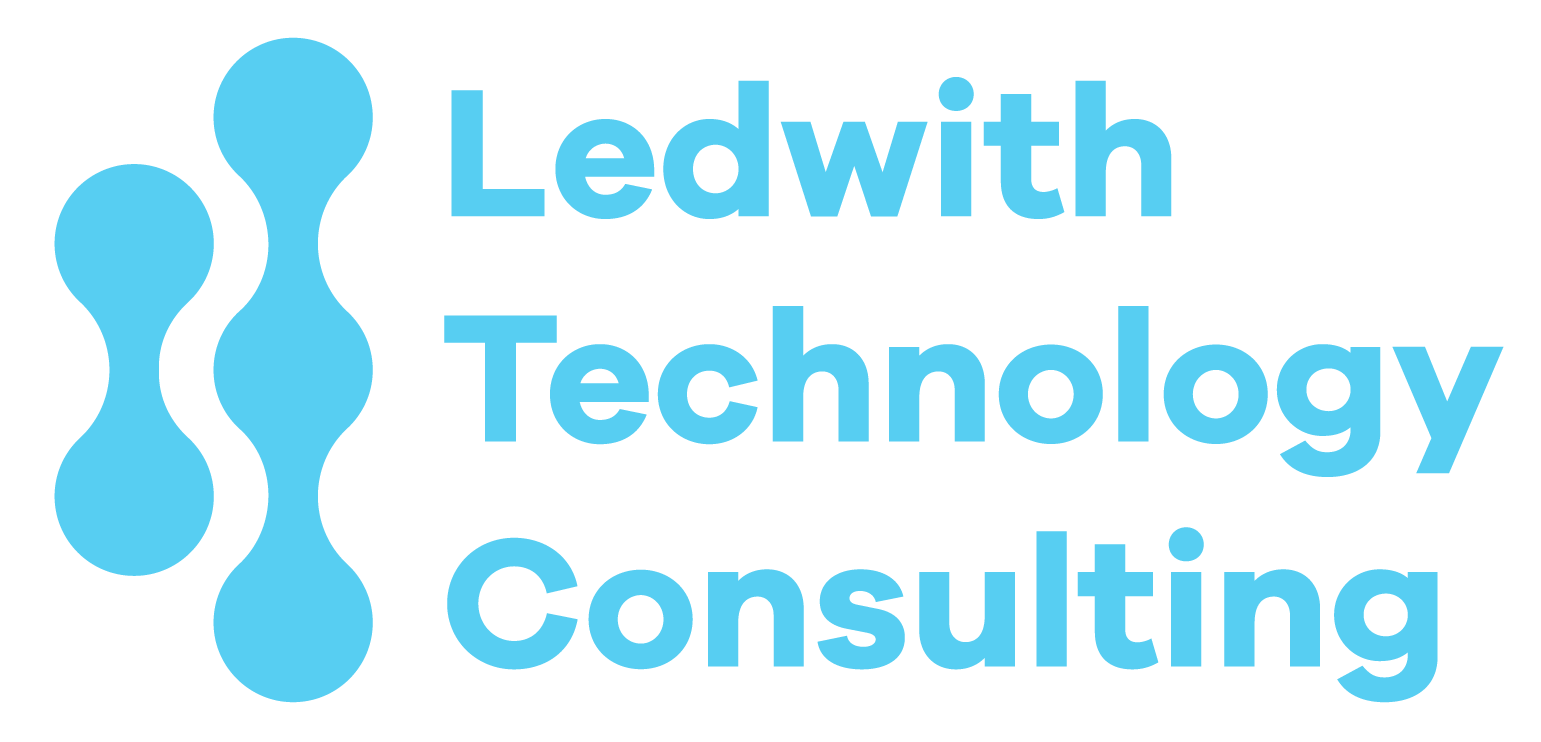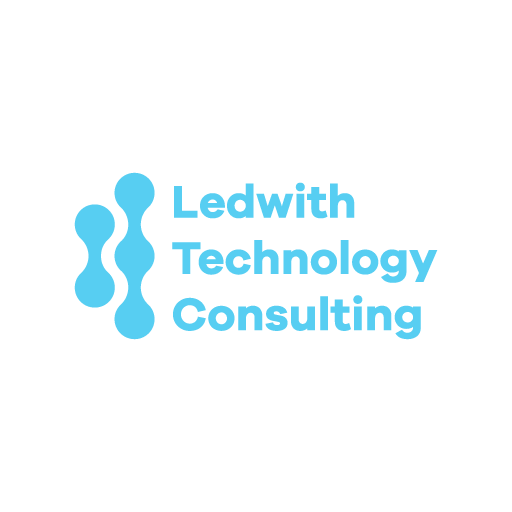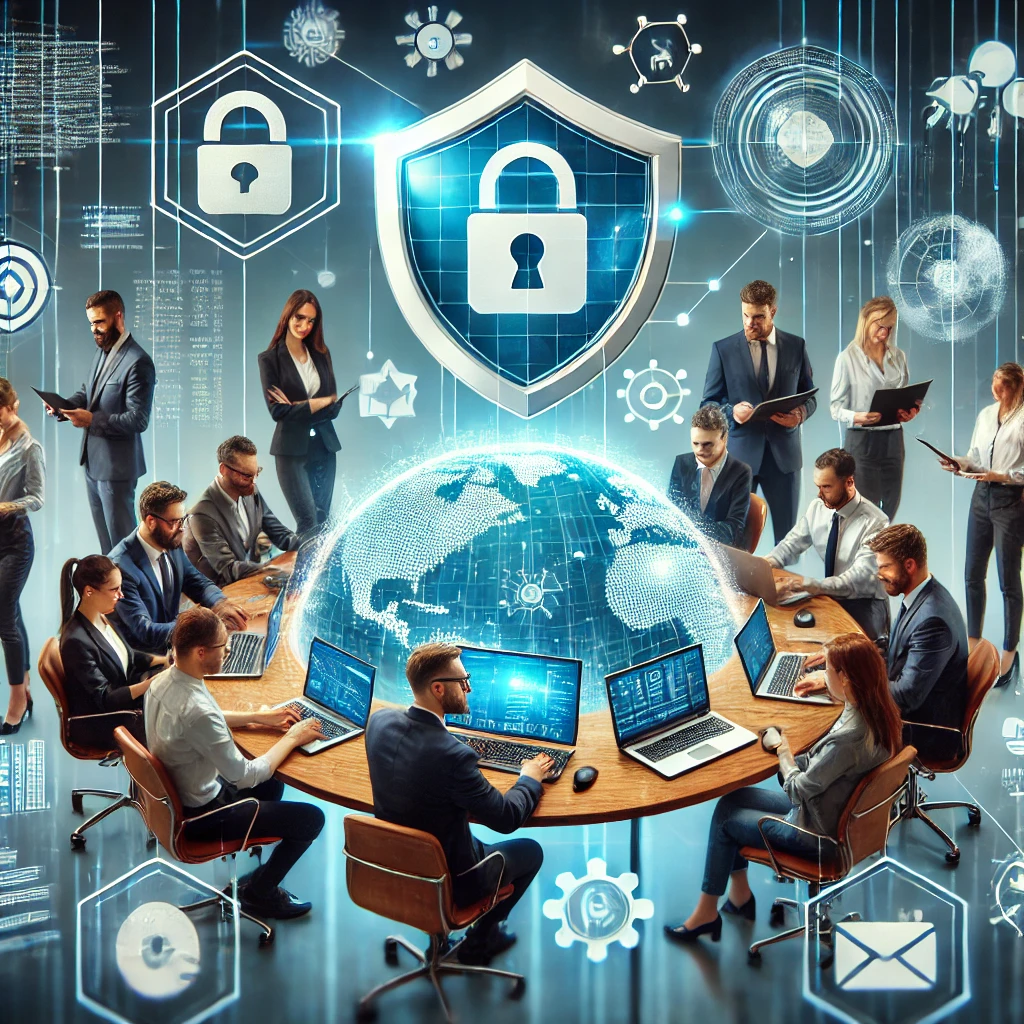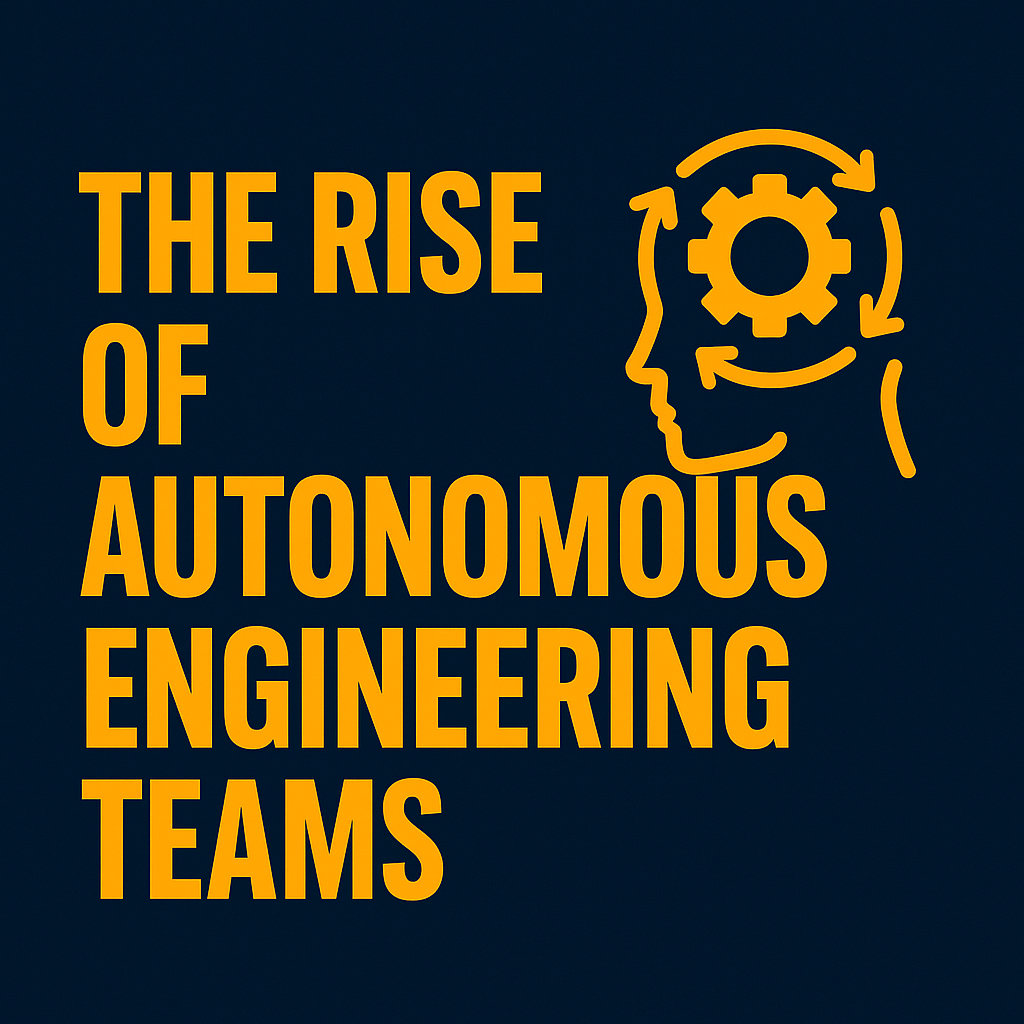By Stephen Ledwith April 17, 2025
Introduction: The Intersection of Security and Sustainability
Smart homes are no longer just about convenience; they are at the heart of a sustainability revolution. The challenge, however, lies in balancing eco-friendly practices with robust security solutions. As smart home devices multiply, energy efficiency and data security must evolve hand in hand.
“A truly smart home isn’t just connected; it’s secure and sustainable.” — Stephen Ledwith
This mini case study explores how green security technologies are shaping the future of smart home protection. From solar-powered security cameras to blockchain-enabled energy grids, the intersection of sustainability and security is more relevant than ever.
The Rise of Smart Homes and Their Security Risks
Why Smart Homes Are Here to Stay
By 2025, it is estimated that over 478 million smart homes will exist worldwide (Statista, 2023). These homes rely on IoT (Internet of Things) devices that automate lighting, heating, security, and more. However, increased connectivity also leads to vulnerabilities:
- Unsecured Networks: Many IoT devices lack end-to-end encryption, making them susceptible to cyberattacks.
- Energy Drain: Constantly running smart devices contribute to higher energy consumption.
- Data Privacy Concerns: Hackers can exploit smart home data to gain access to personal information.
Where Green Security Tech Comes In
The evolution of green security tech introduces sustainable solutions that mitigate security risks while reducing energy consumption. Eco-conscious cybersecurity is now a key differentiator in the smart home market.

Case Study #1: Solar-Powered Security Systems
How It Works
Solar-powered home security cameras and alarm systems have become an eco-friendly alternative to traditional wired setups. Companies like Ring, Arlo, and Eufy have introduced solar-powered security cameras that operate off-grid, reducing dependence on electricity while ensuring 24/7 surveillance.
Key Benefits
- Reduced Carbon Footprint: Harnessing solar energy lowers reliance on fossil fuels.
- Uninterrupted Operation: Works during power outages and in remote locations.
- Lower Energy Costs: Off-grid power eliminates the need for external electricity sources.
Real-World Impact
A comprehensive review of solar-powered surveillance technologies, including CCTV cameras, drones, and sensor networks, highlights the strengths and challenges of these systems in different applications. This study emphasizes advancements in energy storage and AI integration, which enhance both performance and sustainability. For more details, refer to the full study on ResearchGate.
Case Study #2: AI-Optimized Energy & Security Management
The Role of AI in Sustainable Security
AI-driven security systems learn user behaviors and adjust settings dynamically to minimize energy waste. Companies like Google Nest and Ecobee integrate AI to optimize energy efficiency while ensuring high-security standards.
Real-World Implementation
In 2023, Amsterdam’s Sustainable Smart Homes Initiative deployed AI-driven security and energy management systems. Within a year, participating households saw:
- 40% reduction in unnecessary energy consumption.
- Improved threat detection, reducing false security alerts by 56%.
- Automated lockdowns in case of detected cyber threats.
“By combining AI with sustainability, smart homes can operate at peak efficiency while safeguarding user data.” — Smart Homes Initiative Report, 2023
Case Study #3: Blockchain for Decentralized Security & Energy
How Blockchain Enhances Smart Home Security
Blockchain technology provides a tamper-proof, decentralized security infrastructure for smart homes. By securing device communication through encrypted, immutable records, blockchain reduces the risk of cyber intrusions.
Real-World Example: Brooklyn Microgrid
The Brooklyn Microgrid Project integrates blockchain to securely trade solar energy among homes, ensuring privacy and energy independence (Brooklyn Microgrid, 2023). Homeowners control security settings and energy distribution through encrypted smart contracts, preventing unauthorized access and optimizing energy allocation.
Future Trends in Green Security Tech
1. Biometric Authentication with Energy Efficiency
Future smart home security systems will integrate biometric authentication (fingerprint, retina scans) with low-energy sensors, reducing power consumption while enhancing security.
2. Smart Windows with Integrated Security
Windows embedded with solar-powered tinting and security monitoring will detect break-ins while optimizing indoor temperature control.
3. Edge Computing for Energy-Efficient Security Processing
By processing security data on-device rather than relying on cloud-based computing, edge AI will minimize energy-intensive data transfers and increase speed.
“The next generation of security isn’t just about keeping intruders out—it’s about keeping energy efficiency in.” — Stephen Ledwith
Key Takeaways: The Future is Secure and Sustainable
- Solar-powered security solutions reduce grid dependency and improve resilience.
- AI-driven optimization enhances security while cutting energy waste.
- Blockchain security networks decentralize protection and energy trading.
- Emerging trends point toward a convergence of sustainability and cybersecurity in smart home technology.
Smart home security can no longer be just about protection—it must be efficient, sustainable, and resilient in an era where energy-conscious decisions define innovation.
Are You Ready for the Green Security Revolution?
If you’re building or upgrading a smart home, consider how eco-conscious security solutions can enhance your home’s sustainability and protection. The future isn’t just smart—it’s green and secure.




